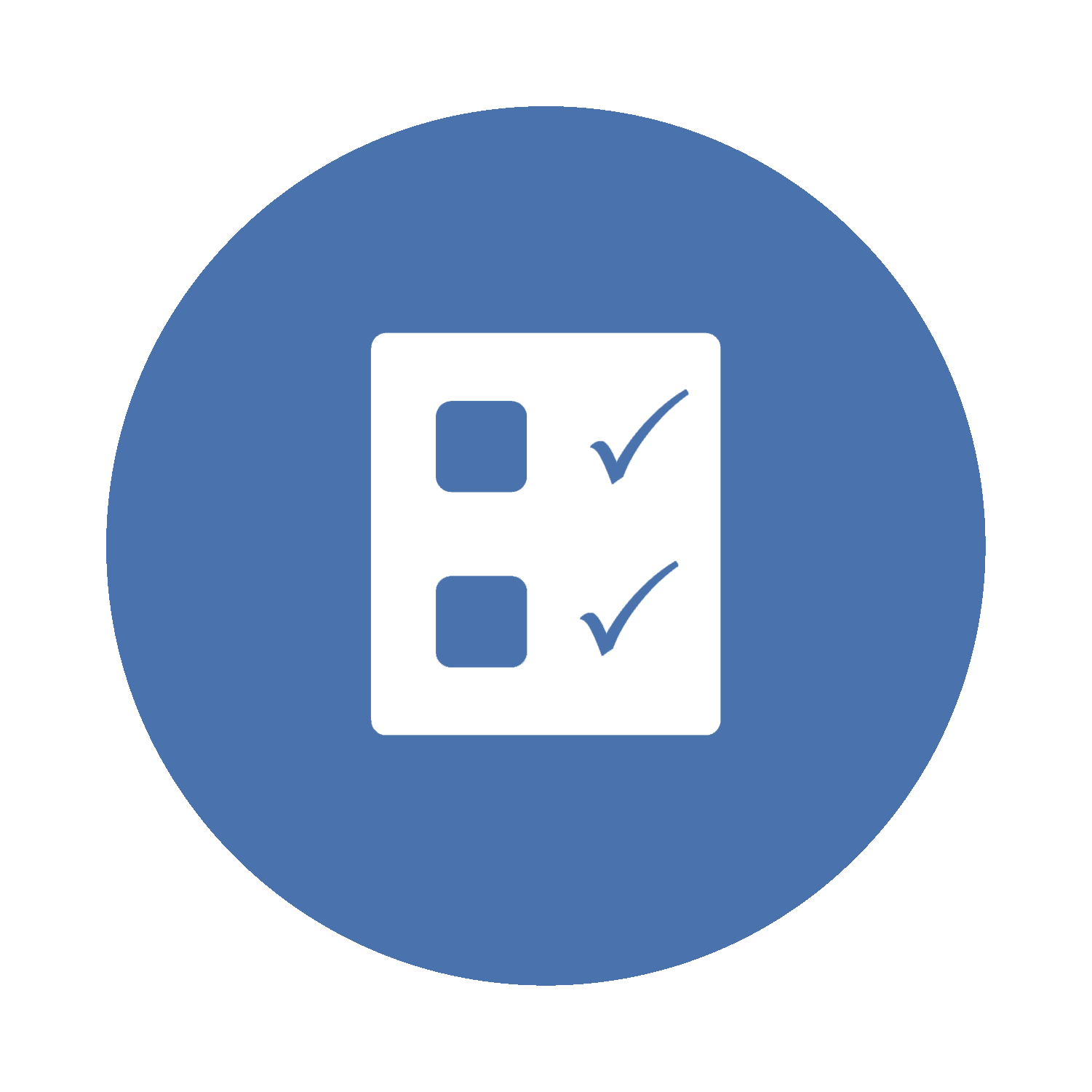02. IS Auditing Standards and Continuous Frameworks
02.01. IS Auditing Standards

 Briefly reflect on the following before we begin:
Briefly reflect on the following before we begin:
- What is the primary purpose of standards in IS Auditing?
- Can you provide examples of how compliance with these standards improved audit outcomes?
- How do IS Auditing Standards relate to ethical principles in the auditing profession?
For IS Auditing, adherence to established auditing standards is fundamental. These standards provide a structured framework for conducting audits, ensuring consistency, reliability, and credibility in audit processes and outcomes. They serve as the benchmark for evaluating the governance of enterprise IT, assessing risk management effectiveness, and ensuring data integrity and security. The standards cover various activities, from planning an audit to reporting findings.
Initially developed in response to simpler, more static computing environments, IS Auditing standards have evolved to address complex, integrated, and real-time IT systems, including cloud-based infrastructures and distributed networks. This evolution reflects the growing Importance of information technology in business operations and the corresponding need for robust audit mechanisms. Compliance with IS Auditing Standards ensures that audits are thorough, methodical, relevant, and adaptable to technological advancements and emerging risks. The observance of these standards is critical to maintaining the integrity and dependability of the auditing process, ultimately safeguarding the organization’s information assets and enhancing its decision-making capabilities.
IS Auditing Standards
IS Auditing Standards are a collection of recognized guidelines that define the process and implementation of IS audits. Expert committees and professional bodies like the Information Systems Audit and Control Association (ISACA) develop and regularly update these standards to keep up with changing technology and business practices. The primary objective of these standards is to ensure systematic and well-defined IS audits. Auditors rely on them to identify and assess risks related to IT systems, evaluate control effectiveness, and provide IT alignment with objectives and regulations. The standards encompass different areas of an audit, such as planning, Execution, reporting, and follow-up.
A key aspect of IS Auditing Standards emphasizes professional competence and due care. Auditors must possess the knowledge, skills, and experience to perform audits effectively. This includes staying updated with the latest technological developments, understanding the intricacies of different IT environments, and being aware of the regulatory landscape. Another critical element of these standards is the focus on auditor independence and objectivity. Auditors must maintain an unbiased stance, free from conflicts of interest, to ensure that their findings and recommendations are based solely on the evidence collected to preserve the integrity of the audit process and the trust of stakeholders. The standards also stress the Importance of confidentiality and security of information. Auditors are entrusted with sensitive data and information during their audits. Adhering to the standards ensures this information is protected and handled with the utmost confidentiality.
Furthermore, IS Auditing Standards advocate for a risk-based approach to IS Auditing, involving identifying and prioritizing IT risks and focusing audit efforts where they are most needed. By doing so, auditors can provide valuable insights to management about critical risk areas and recommend appropriate mitigation strategies. The documentation and evidence-gathering process is another area covered by the standards. IS Auditors are guided on how to collect, analyze, and document evidence in a manner that supports their findings and conclusions. This is crucial for the credibility of the IS audit report and for making informed recommendations to management.
The evolution of IS Auditing Standards indicates the dynamic interplay between technological advancements and the imperative to maintain robust, reliable, and relevant IS auditing practices. These standards have evolved due to significant technological shifts, business methodologies, and regulatory environments. Initially, when technologies were simpler, locally hosted, and data processing was in its early stages, IS Auditing Standards focused primarily on data verification and validation. The goal was straightforward: ensure the accuracy and completeness of data processed by these systems. The standards were relatively simple and geared towards auditing batch processing systems, emphasizing internal controls and basic security measures.
As technology evolved, bringing in complex, interconnected systems, the potential for unintentional errors and abuse of the technology and corresponding risks, and therefore, the governing standards broadened in scope. The introduction of networked systems and, later, the internet transformed how businesses operated. IS Auditing Standards adapted to this change, focusing on network security, data integrity across systems, and the reliability of software applications. The transition from mainframe to client-server architectures necessitated a more nuanced approach to Auditing, considering aspects like access controls, database security, and the integrity of application data. Auditors needed to understand complex, interdependent processes and data flow across various business functions. Standards evolved to encompass the audit of integrated systems, focusing on transaction controls, process alignment, and data accuracy.
As IT became central to business operations, the focus of auditing standards shifted towards IT governance and risk management. Standards emphasized the alignment of IT with business strategies, the effectiveness of IT investments, and the management of IT-related risks. This shift was a response to the growing recognition that IT governance directly impacts an organization’s ability to achieve its objectives and manage its risk profile. The proliferation of digital technologies and the internet heightened cybersecurity and data privacy concerns. IS Auditing Standards incorporate these aspects, focusing on protecting sensitive data, compliance with data protection regulations like the General Data Protection Regulation (GDPR), and auditing cybersecurity controls. The standards addressed the need to audit IT systems for vulnerabilities, the effectiveness of incident response mechanisms, and the adequacy of measures to protect against cyber threats.
IS Auditing Standards continue to evolve, addressing emerging technologies such as cloud computing, artificial intelligence, machine learning, the Internet of Things (IoT), blockchain, etc. These technologies present unique audit challenges, from assessing cloud service provider controls to evaluating the ethical implications of AI. The standards increasingly emphasize a proactive, rather than reactive, approach to Auditing, integrating continuous auditing and monitoring techniques. The relevance of these evolving standards in today’s business environment is profound. They provide a framework for auditors to navigate the complexities of modern IT systems and processes. By adhering to these standards, auditors can ensure that their practices align with current best practices, regulatory requirements, and the organization’s strategic needs. As technology advances, the IS Auditing Standards will remain crucial in guiding auditors, ensuring the reliability, security, and effectiveness of IT systems and processes in supporting business objectives.
ISACA Auditing Standards
Let us briefly dive deeper into the standards, guidelines, and procedures published and prescribed by the Information Systems Audit and Control Association (ISACA). Standards specify the mandatory requirements to be followed by IS Auditors, whereas guidelines provide guidance requiring the application of professional judgment by the IS Auditors. Lastly, procedures are the more detailed examples of activities and procedures that IS Auditors can use to maintain the standards.
ISACA also categorizes their standards, guidelines, and procedures into three categories:
- General standards and guiding principles under which the IS auditor operates. They apply to the conduct of all assignments and deal with the IT auditor’s professional ethics, independence, objectivity, due care, knowledge, competency, and skill.
- Performance standards and guiding principles deal with the conduct of the assignment, such as planning and supervision, scoping, risk and materiality, resource mobilization, supervision and assignment management, audit and assurance evidence, and the exercising of professional judgment and due care.
- Reporting standards and guiding principles address the types of reports, means of communication and the information communicated.
Here is a summary of the critical standards, guidelines, and procedures published by IS Auditors.[1]
| Category | ISACA Standards | ISACA Guidelines | ISACA Procedures |
|---|---|---|---|
| General | 1001 Audit Charter
1002 Organizational Independence 1003 Auditor Objectivity 1004 Reasonable Expectation 1005 Due Professional Care 1006 Proficiency 1007 Assertions 1008 Criteria |
2001 Audit Charter
2002 Organizational Independence 2003 Auditor Objectivity 2004 Reasonable Expectation 2005 Due Professional Care 2006 Proficiency 2007 Assertions 2008 Criteria |
Select examples of procedures published by the ISACA:
IS Risk Assessment Digital Signatures Intrusion Detection Viruses and Other Malicious Code Control Risk Self-assessment Firewalls Irregularities and Illegal Acts Security Assessment — Penetration Testing and Vulnerability Analysis Evaluation of Management Controls Over Encryption Methodologies Business Application Change Control Electronic Funds Transfer (EFT) |
| Performance | 1201 Risk Assessment in Planning
1202 Audit Scheduling 1203 Engagement Planning 1204 Performance and Supervision 1205 Evidence 1206 Using the Work of Other Experts 1207 Irregularities and Illegal Acts |
2201 Risk Assessment in Planning
2202 Audit Scheduling 2203 Engagement Planning 2204 Performance and Supervision 2205 Evidence 2206 Using the Work of Other Experts 2207 Irregularities and Illegal Acts |
Not applicable |
| Reporting | 1401 Reporting
1402 Follow-up Activities |
2401 Reporting
2402 Follow-up Activities |
Not applicable |
Compliance with IS Auditing Standards to Enhance Audit Quality
Compliance with IS Auditing Standards is integral to the audit process, directly influencing audit quality, reliability, and effectiveness within information systems. Their comprehensive nature covers various aspects of the audit process, from planning and Execution to reporting and follow-up.
Adherence to IS Auditing Standards ensures uniformity and standardization in audit practices. This standardization is crucial in maintaining high audit quality across different auditors and organizations. By following these standards, auditors can apply a consistent methodology, particularly important in multifaceted IT environments where variability in auditing approaches can lead to inconsistent or unreliable results. As mentioned in the previous section, IS Auditing Standards provide a structured risk assessment and management approach. Compliance ensures that auditors systematically identify, evaluate, and respond to IT systems and processes risks. This thorough approach to risk management is fundamental to the IS audit’s effectiveness, ensuring that significant risks are not overlooked, and appropriate controls are evaluated.
Compliance with IS Auditing standards also necessitates ongoing professional development and skill enhancement. IS Auditing Standards often encompass emerging technologies and evolving best practices. Auditors who adhere to these standards will likely continuously learn, ensuring their skills and knowledge remain relevant and current. This ongoing development is crucial in an industry characterized by rapid technological changes. Standards also play a significant role in audit functions’ internal quality assurance processes. They provide a framework against which audit quality can be measured and evaluated. Compliance facilitates the identification of areas for improvement, driving enhancements in audit processes and methodologies. This continuous improvement cycle is pivotal for maintaining the efficacy and relevance of audit practices over time.
Compliance with recognized auditing standards enhances the audit function’s credibility in the stakeholders’ eyes. When stakeholders know that audits align with established standards, it builds trust in the audit process and its outcomes. This trust is vital for the acceptance and implementation of audit recommendations. IS Auditing Standards often incorporate legal and ethical considerations relevant to the audit process. Compliance with these standards ensures auditors conduct audits ethically and consider the legal implications of their findings and recommendations. This aspect of compliance is crucial for maintaining the integrity of the audit function and protecting the organization from potential legal and ethical violations. The standards are designed to be adaptable to various organizational structures and technological complexities. Compliance with these standards allows auditors to tailor their approach to different environments, ensuring that the audits are relevant and comprehensive, regardless of the complexity or uniqueness of the IT systems being audited.
 In the Spotlight
In the Spotlight
For additional context on the Importance of auditing standards, please read the paper titled “Do Auditing Standards Matter?” [opens in new tab].
Knechel R. W. (2013). Do auditing standards matter? Current Issues in Auditing 7(2): A1–A16. doi.org/10.2308/ciia-50499
 Key Takeaways
Key Takeaways
Let’s recap the key concepts discussed in this section by watching this video.
Source: Mehta, A.M. (2023, December 6). AIS OER ch 02 topic 01 key takeaways [Video]. https://youtu.be/ZmkDNR46wvA
 Knowledge Check
Knowledge Check
- See the standards, guidelines, tools and techniques page on the ISACA website for more details. ↵
A collection of recognized guidelines defining the process and implementation of IS audits, developed by expert committees like ISACA.
The freedom of the auditor from relationships that could compromise professional judgment and objectivity.
An approach focusing on areas with the highest risk and impact to efficiently allocate resources in auditing.
The significance of an omission or misstatement of information that could influence the economic decisions of users.

